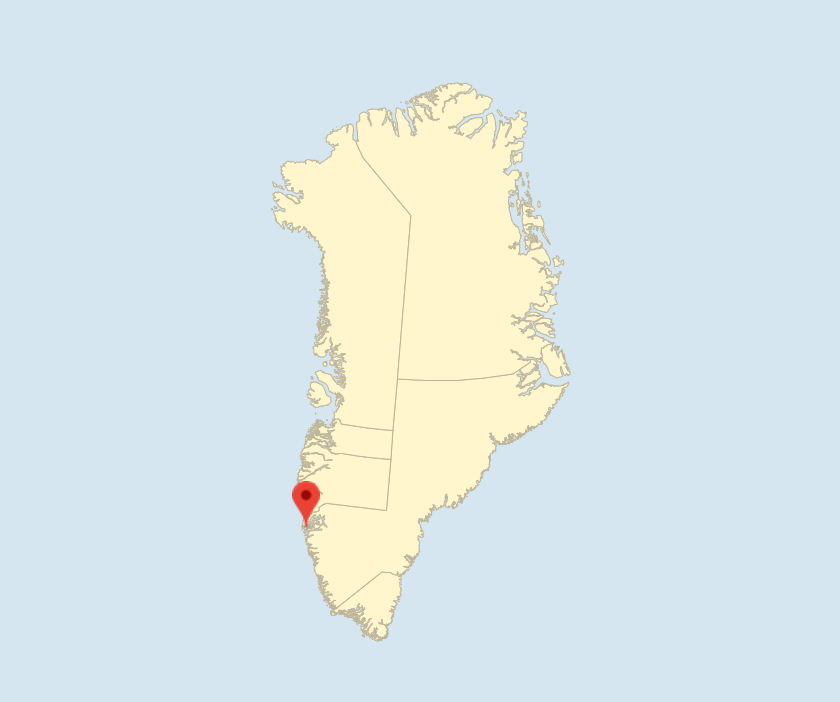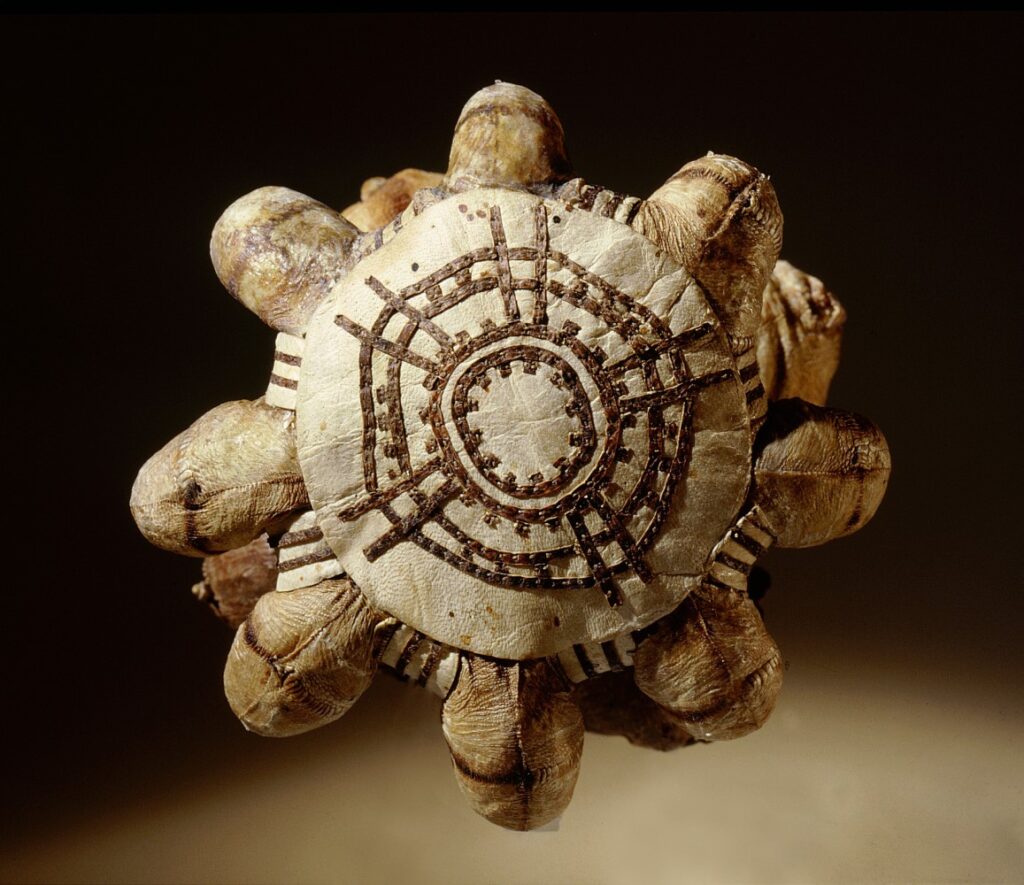

WERNER FORMAN/RITZAU SCANPIX, 2011
Founded as a national museum in the mid-1960s, the museum moved to its current location in the Colonial Port of Nuuk in 1978 after the old warehouses in the area had been renovated. The following year, with the introduction of Home Rule, it was included under the Greenland Home Rule.
The National Museum merged with the national archives in 1989, and the institution was given the official name of Nunatta Katersugaasivia Allagaateqarfialu. In addition to responsibility for most of the Museum and Archives Act, the National Museum also has responsibility for the day-to-day administration of the Preservation Act. The museum is the legal authority for the management, monitoring and protection of all cultural heritage interests in two of Greenland’s UNESCO World Heritage sites: the farming and cultural landscape of Kujataa as well as the Inuit hunting ground of Aasivissuit – Nipisat.
With more than 70,000 registered items of cultural history, it is the largest museum in the country. A large number of items and collections of cultural and natural history are also kept in Denmark, including the collection of human material, collection of archaeologically excavated animal remains and bones and collections of fossil finds.
Further reading
- Building customs and architecture
- Churches and church building
- Greenland painters
- Hans Egede and the work for the mission service
- Home Rule (1979‑2008)
- Kujataa – farming on the brink of the ice sheet
- Museums of cultural history and heritage
- Nuuk
- Religion and religious communities
- The colonial period until the war years
- The polar explorer Knud Rasmussen
- Traditions and tales
- Visual arts and crafts
- World heritage: Aasivissuit – Nipisat
Read more about Culture in Greenland
